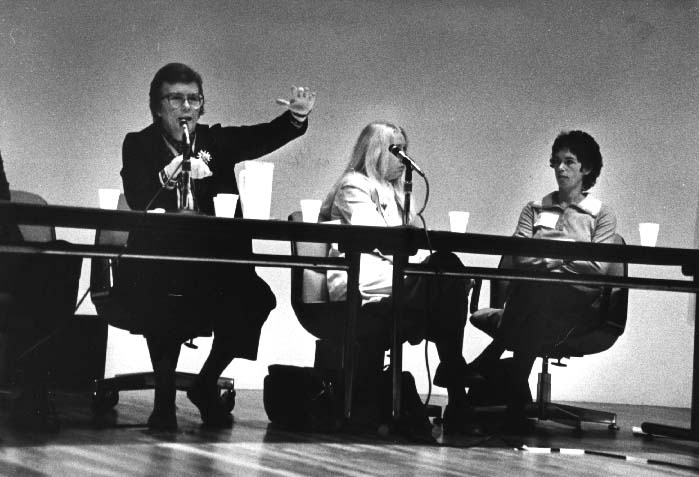Special events or fundraising benefits expand the reputation of an organization, provide participants an interesting time, and sometimes make money. Because of their variety and flexibility, special events are excellent strategies for acquiring, retaining, or upgrading donors. Organizations serious about building a broad base of individual donors need at least one or two events annually – to generate publicity, raise their visibility, and bring in new money.
Generating publicity means getting an audience’s attention through advertising and the event itself. Visibility is the cumulative effect of publicity. Your group’s visibility quotient can be measured by calculating what percentage of the people who should know about you actually do. What types of people should know about your group, and what mechanisms exist to reach them? If you are regularly featured in the local newspaper, its readers may know about you, but non-readers may not. You may need radio, speaking engagements, or a door-to-door canvass in order to reach new constituencies. Events are excellent publicity-generating tools because they give the media a “hook,” a reason to focus on your group.
Raising money is a secondary goal for a special event; there are faster and easier ways to raise money. But special events can lose money or barely break even and still be successful because of the publicity and visibility produced.
Two categories of people attend special events: those who come solely for the event and those who come to support your group. In the first category are people who attend flea markets and auctions, no matter who the sponsors are. Similarly, small businesses or corporations will buy ads in an adbook, donate raffle prizes, or even underwrite an event, but would not ordinarily donate money. These businesses want the advertising and goodwill generated by the event, and the chance to target a specific audience cheaply.
In the second category are people interested in your mission; they may want to offer support while getting something in exchange. Women who want to take a self-defense class may choose one sponsored by the local rape relief program rather than a commercial gym, and later may become volunteers.
Several criteria should be considered in choosing an event: its effect on the organization’s image, the amount of volunteer energy and upfront money required, its repeatability and timing, and how the event fits into your overall fundraising plan.
Obviously, it isn’t appropriate for an alcohol-recovery program to sponsor a wine-tasting, but often the question of appropriateness is subtler. An organization working to end sweatshop conditions in garment factories might plan a luncheon for 1,000 people, and obtain an in-kind donation from a print-shop willing to print invitations for free. But if that print-shop turns out to be a nonunion shop with its own deplorable work conditions, your event can turn into a public relations nightmare.
Image is a distinct issue. Many events may be appropriate but may not promote a memorable image. A library would choose a book sale over a garage sale; a group promoting awareness of high blood pressure might choose a health fair over a dance. Link the event to your mission.
Assessing the volunteer energy required to plan and mount an event involves several considerations: the number of volunteers required, what other work will be put aside, and their ability to plan as well as manage the actual event. Most special events require front money, and this should be an amount your organization could afford to lose if the event is canceled. This money should already be available, and not come from advance ticket sales.
The best event is one that becomes a tradition in your community. Don’t discard an event simply because turnout was small the first year. You should evaluate whether the same number of people working the same number of hours would raise more money producing this event again.
Timing is important. You want to avoid conflicts with other fundraising events, and not offer the tenth auction in a row. Also, keep your constituency in mind: farmers may not participate during harvest time, and the gay community may not come to a silent meditation during the Gay and Lesbian Pride Parade.
Finally, consider how the event fits into your overall fundraising. If the same people attend your events and donate money, you need to rethink your strategy. If publicity is hard to obtain, or you are unable to reach new constituencies with an event, then maybe it is not the right approach. You may decide after analyzing your donor base that you need to increase the amounts you receive from longtime donors, in which case you should scale back on events, which mainly generate publicity, new names, and new volunteers. Special events must be fed into the overall effort to build a donor base, or the effort will have been wasted.




Comments